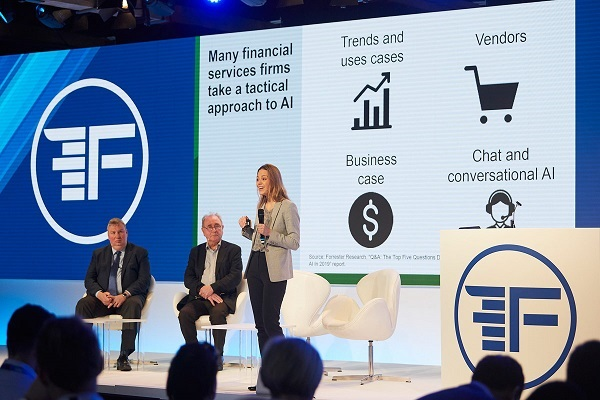Big data is more than just another business buzzword. In the past few years, the term and idea have grown in popularity to be used by governments, private businesses and even individuals in the pensions industry. Big data is essentially the large volume of information that companies have to deal with on a daily basis and the way they analyse it for strategic purposes. This is where it is useful for the pensions sector, as the industry is based around masses of data being recorded and there are a number of ways it is being used, reasons for such applications and a few problems it provides for the industry.
Cost-effective data processing
The ‘big’ in big data is not just a reference to the size of information, it also refers to the rate usage is growing. This has an effect in that the increasing availability and implementation of big data strategies are leading to a falling cost of the process. A lot of things to do with data processing are now a lot more economical due to this.
One of the main reasons a big data revolution has started in the pensions industry is due to the cheaper costs. In the pensions industry, there is plenty of information and data that needs to be produced, stored, analyzed and processes automated. A growing demand for data-driven analytics in the sector helps this be realized.
Member data
The pensions industry covers a wide area, from a self-invested personal pension SIPP to state benefits, pension planning services and more. For each of these, there is a ton of member data which is made up from many details including fund values, contribution rates, chosen pension options, salary, gender, age and plenty more.
Organizing all this information is a big task, but with big data practices it is not only possible but a lot can be done with it. Individuals are at the heart of the pensions sector and by using data-driven technologies and big data it can be used to help fund, pensions and other managers working for the government or private businesses to work out cost-effective pensions routes.
Obstacles in pensions data
Not everyone believes that big data is ideal for the pensions industry and there are a number of obstacles that can cause problems. A lack of reliable data can make it much harder to analyze risk, return and correlations and there is an increasing requirement for standardization.
It can also be difficult to accurately assess the worth of all this big data. This could partly be down to the fact that it is such a new phenomenon and companies will need to invest insufficient training to deal with it and figure out the best analysis and further processes.
The future
It looks like big data is here to stay, with more and more private businesses, governments and individuals using it in the pensions sector. There are many problems in the pensions industry which big data can help solve, especially as the costs to do so are more economical than ever. The tools and big data techniques involve are incredibly beneficial for many different positions and practices in pensions.
Much uncertainty surrounds the future of pensions in many ways, but one thing that does look almost certain is that big data will be present in that future.























